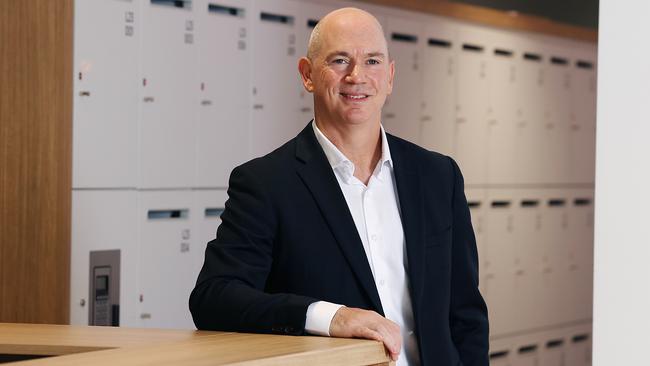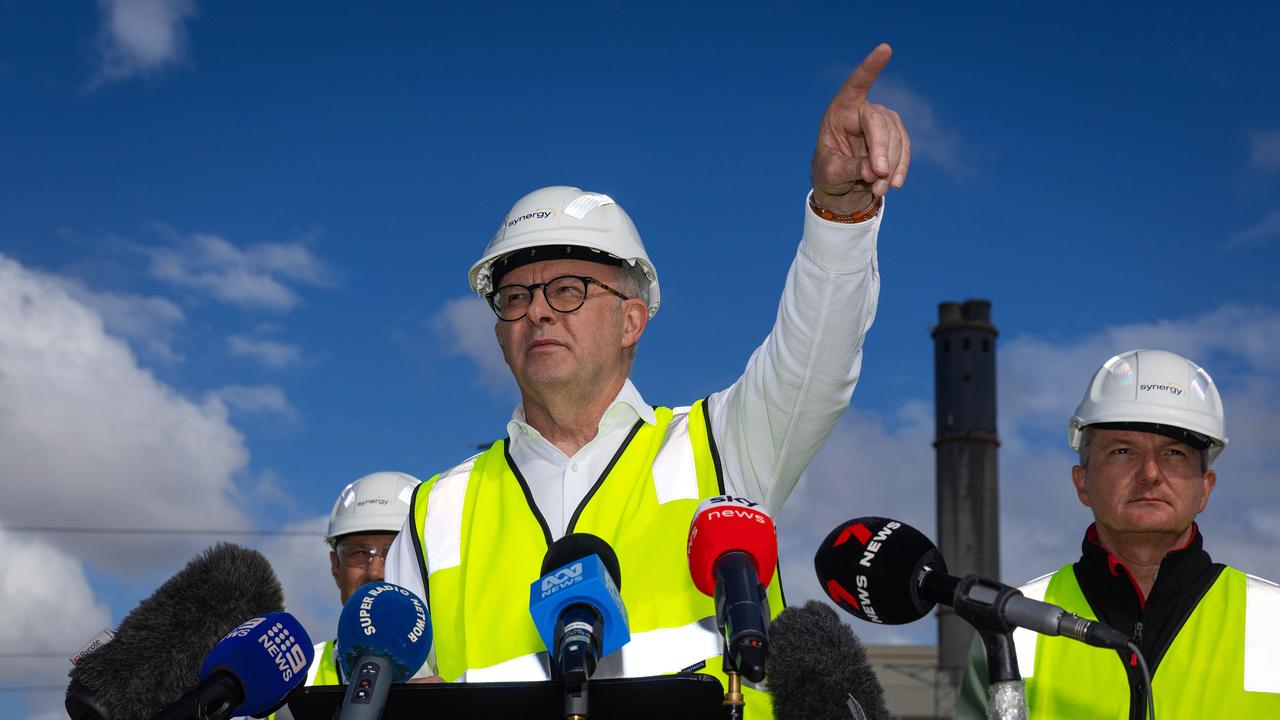AGL targets offshore wind in Victoria to meet coal exit strategy
Australia’s largest emitter plans a major new zero-emissions project in Victoria as its decarbonisation plan leaps forward.

AGL Energy has partnered with a consortium of global renewable energy heavyweights to develop an offshore wind project in Victoria, in the first major step towards replacing its coal assets with zero emission generation sources.
The partnership, between Australia’s largest emitter and global giants including Canadian superannuation heavyweight CPP Investments and Japan’s Mitsui, has applied for a so-called feasibility licence to develop a 2.5GW wind project in Gippsland.
Should it secure a development licence, an offshore wind project will be a key component of AGL’s plan to transition away from coal generation by 2035, a plan that the energy giant has estimated would require $20bn in investment.
The energy retail giant has said it will need to replace 12GW of electricity generation capacity, more of half of which it said would be from utility-scale solar and wind projects, but it did not specify its plan.
In the first major indication of how it intends to replace its soon to be mothballed coal generation assets, AGL has partnered with Mainstream Renewable Power, part owned by Mitsui; Reventus Power, which was created in 2021 by CPP Investments; and DIRECT Infrastructure, an Australian wind developer chaired by former Woodside chief executive Peter Coleman.
“Wind energy will be an important part of our plan to responsibly transition our generation portfolio to meet our customer demand and keep Australia’s electricity supply secure, reliable, and affordable,” AGL chief financial officer Gary Brown said.
The energy group’s push into offshore wind is also likely to win favour with major shareholders including tech billionaire Mike Cannon-Brookes – who is AGL’s largest shareholder, with more than 11 per cent of the company through his Grok Ventures investment vehicle.
Mr Cannon-Brookes led a vocal campaign for AGL to exit coal by 2035, and the 185-year-old company said it would close its coal-fired Loy Yang A power station in Victoria in 2035, having previously said it would retire the generator in 2045.
AGL is, however, joining a crowded renewables development field. A plethora of global players have all been to Victoria after Australia’s second most populous state last year said it would place offshore wind at the heart of its plan to transition away from fossil fuels. It set an ambitious target of generating about 20 per cent of its energy needs from the zero emission energy source by 2030.
The state target then doubles to 4 gigawatts by 2035 and 9GW by 2040. In all, Victoria sees potential for 13GW of offshore wind capacity by 2050, five times the current renewable generation in Victoria.
Victoria’s coastline is ideal for offshore wind. Winds are very strong and consistent by international standards and a large area of shallow ocean less than 50m to 60m deep is suitable for wind turbine platforms fixed to the seabed, a much more mature and cheaper technology than floating turbines used in deeper waters.
Offshore wind would also complement other renewable energy generation sources. Generation from offshore wind is often stronger during periods of depressed solar output, reducing volatility that can be associated with renewable energy.
Australia also has a spate of retiring coal-fired power stations that are close to areas under consideration for offshore wind projects. Existing transmission lines could be used to transmit the electricity generated, while workers displaced could be offered new jobs.
The attractiveness has seen global giants such as Orsted, Shell and ENGIE and local players such as Origin Energy and Macquarie all move to seek development licences.
With more than two dozen applications understood to have been lodged with the National Offshore Petroleum Titles Administrator (NOPTA), competition will be fierce.
Only a handful of licences are expected to be issued. Star of the South – Australia’s most advanced offshore wind project, which is owned by Cbus and Copenhagen Infrastructure Partners – is widely seen a shoo-in to proceed after Federal Energy Minister Chris Bowen awarded it major project status.
NOPTA last year offered some guidance about how it intends to rank applications, with notable requirements including evidence of experience of developing offshore wind projects and large capital reserves.
Involvement of CPP Investments, which is one of the world’s largest investors with more than $US500bn ($760bn) in assets under management, and Mitsui – one of Japan’s largest trading companies – will mean the consortium is unlikely to struggle to convince the regulator on the capital reserves.
AGL also has the advantage of having more than 4 million energy customers, meaning it will not have to enter into offtake agreements like other projects will.
Tove Roskaft, head of offshore wind at Mainstream, said the developer has extensive experience in the zero emission energy source, moving to allay any suggestion that other competitors may have more.
“What I think is unique about us is that we bring both the global development experience in offshore wind and the local understanding of energy supply chains and local stakeholders. I think we will be a success,” Ms Roskaft told The Australian.
Ms Røskaft said the consortium completed some pre-application work and would now proceed with local community engagement while it awaits approval on its application.




To join the conversation, please log in. Don't have an account? Register
Join the conversation, you are commenting as Logout